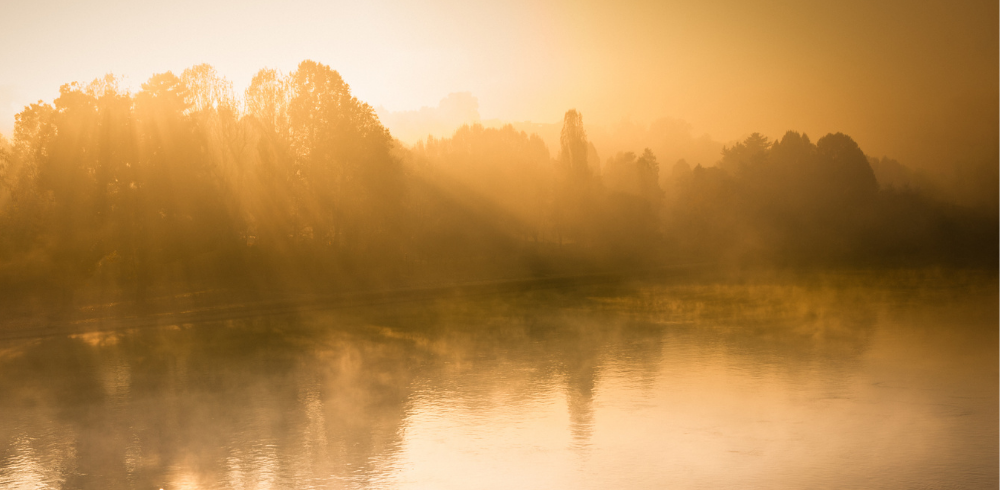Dodder
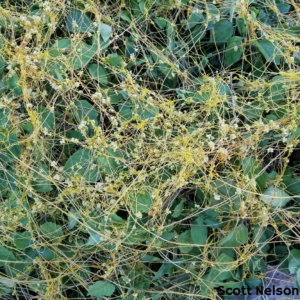
Dodder is a genus of parasitic plants which includes nine species that can be found in Virginia.
While some species of dodder are capable of photosynthesis, other species are obligate parasites, meaning they must live off a host plant to survive. Dodder does not produce roots and many species lack leaves and chlorophyll entirely, which gives them a yellowish hue.
Dodder’s seeds have a very hard coat and can remain dormant for as long as five to ten years before germinating on the ground, which is spooky enough. Once a Dodder seed germinates, it sends up a stem searching for a host plant through the use of airborne volatile organic compounds and then grows toward these cues to reach its host. The plant actually seeks out its host by smell!
Dodder penetrates the host plant with specialized stem structures known as haustoria which inserts itself into the vascular system of the host plant. One stem type goes into the host’s water conducting xylem, and the other type will enter the food-carrying phloem. Like any good vampire, it would not be wise for a dodder to kill, but if growth goes unchecked, it could choke out its host.
Even though it is a parasitic plant, dodder could be beneficial to plants other than the host. For example, dodder can control the growth of fast-spreading plants such as English Ivy, which is invasive and will crowd out other plants.
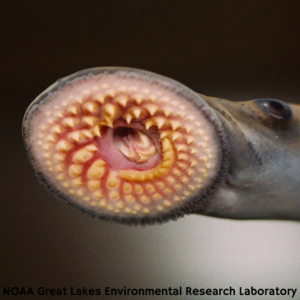 Lamprey
Lamprey
Sometimes mislabeled as a lamprey eel, the lamprey is actually from an ancient line of jawless, parasitic fish. There are 38 known species of lampreys, but only 18 are carnivorous. Nine of these migrate from saltwater to freshwater, and nine live exclusively in freshwater. All of the non-carnivorous species live solely in freshwater.
Like sharks, lamprey’s skeletons are made of cartilage and they breathe through a row of gills located behind their mouths and eyes. In folklore they were often referred to as “nine-eyed eels”, counting seven gills, one eye and one nostril.
They have scaleless, elongated bodies, and range from 5 to 40 inches in length. What makes the lamprey an efficient killer is a disc-shaped, suction-cup mouth that is ringed with sharp teeth used to latch on to fish. The lamprey uses its rough tongue to rasp away the fish’s scales and flesh so it can feed on its blood. An adult lamprey kills around 40 pounds of fish per year. Thankfully, carnivorous lampreys are only in the James between March and June to breed and both male and female die soon after spawning. After the eggs hatch, larvae feed on debris and algae, which helps fight algae blooms and helps all aquatic life.
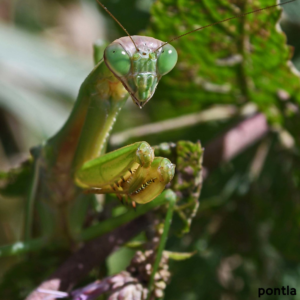 Praying Mantis
Praying Mantis
There are over 2,400 species of insects in the Mantises order. These interesting insects have a unique triangular head with large eyes and a long narrow body. However, the most identifying feature are the long forearms that are folded when the Mantodea stands upright, explaining the common name, praying mantis.
These insects have a voracious appetite, usually waiting for the unsuspecting prey to wonder by, but some species actively chase down and stalk their prey. They can be helpful in pest control, since they prey on potentially destructive insects like grasshoppers, crickets, and beetles. However, they are not picky eaters and also eat helpful insects like bees and butterflies, as well as spiders and sometimes small vertebrates.
They normally live for about a year, laying eggs in autumn, before passing away. The creepy factor? Females sometimes eat their mates after copulation in about 90% of the predatory species.
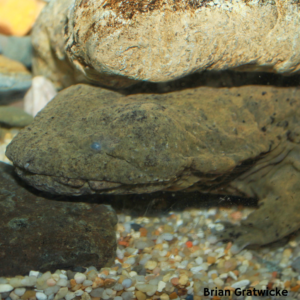 Eastern Hellbender
Eastern Hellbender
With a name like Hellbender, this critter sounds like something straight out of a sci-fi novel, but in reality, they are a completely harmless species of aquatic giant salamander. There are only two varieties or subspecies of hellbenders left, one being the eastern hellbender which lives in a limited range and is considered a ‘Near Threatened Species’ by the International Union for Conservation of Nature.
Hellbenders are easily distinguished from other salamanders, growing up to two-feet in length and are perfectly adapted to shallow, fast-flowing, rocky streams. They have a flattened body shape which offers less resistance to swift water, and loose looking skin has light-sensitive cells that assist their poor eyesight. They also have a great sense of smell which helps them locate dead fish for meals.
As of 2019, Pennsylvania named the Eastern Hellbender as it’s official state amphibian in hopes to raise awareness for the hellbender’s struggling population.

